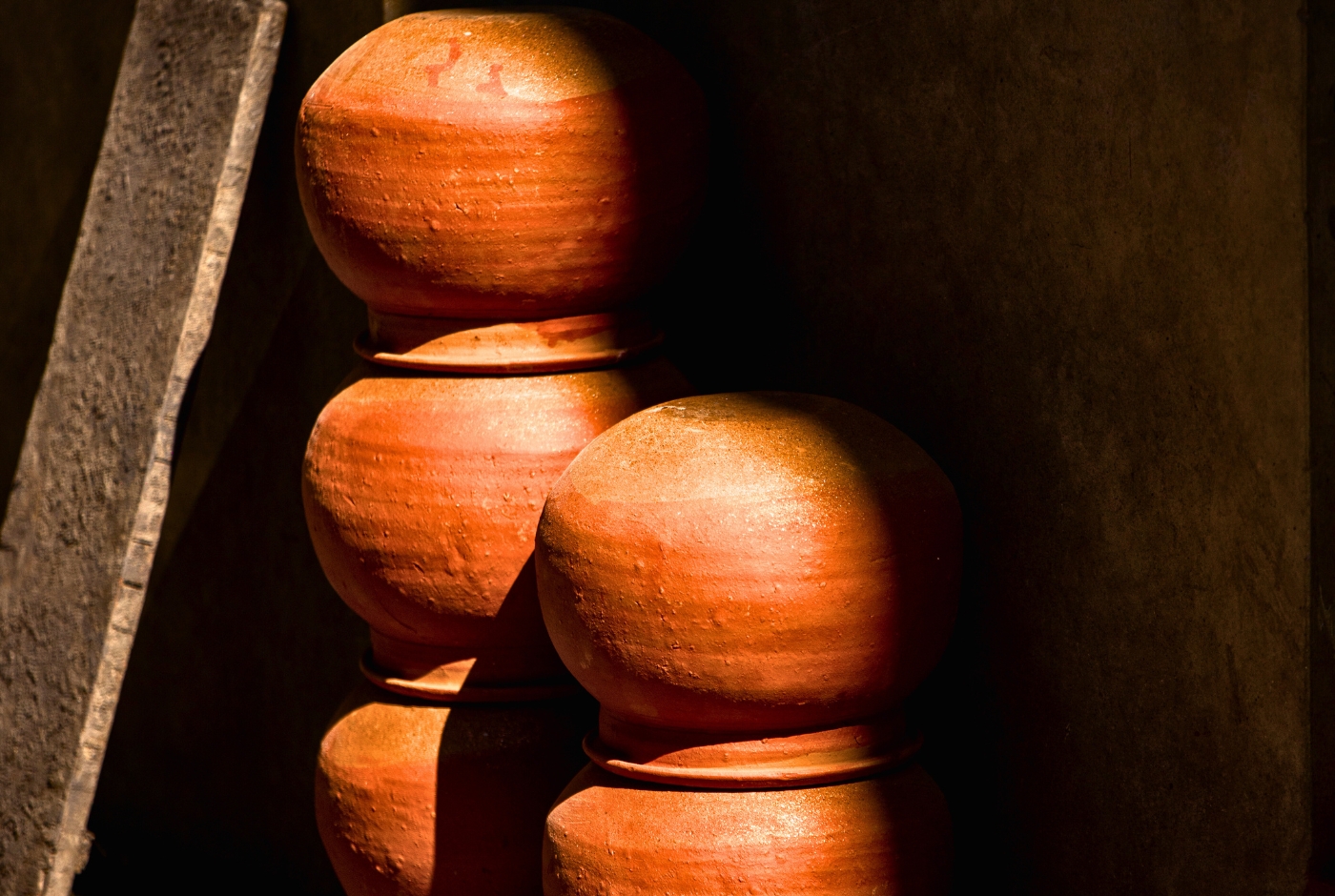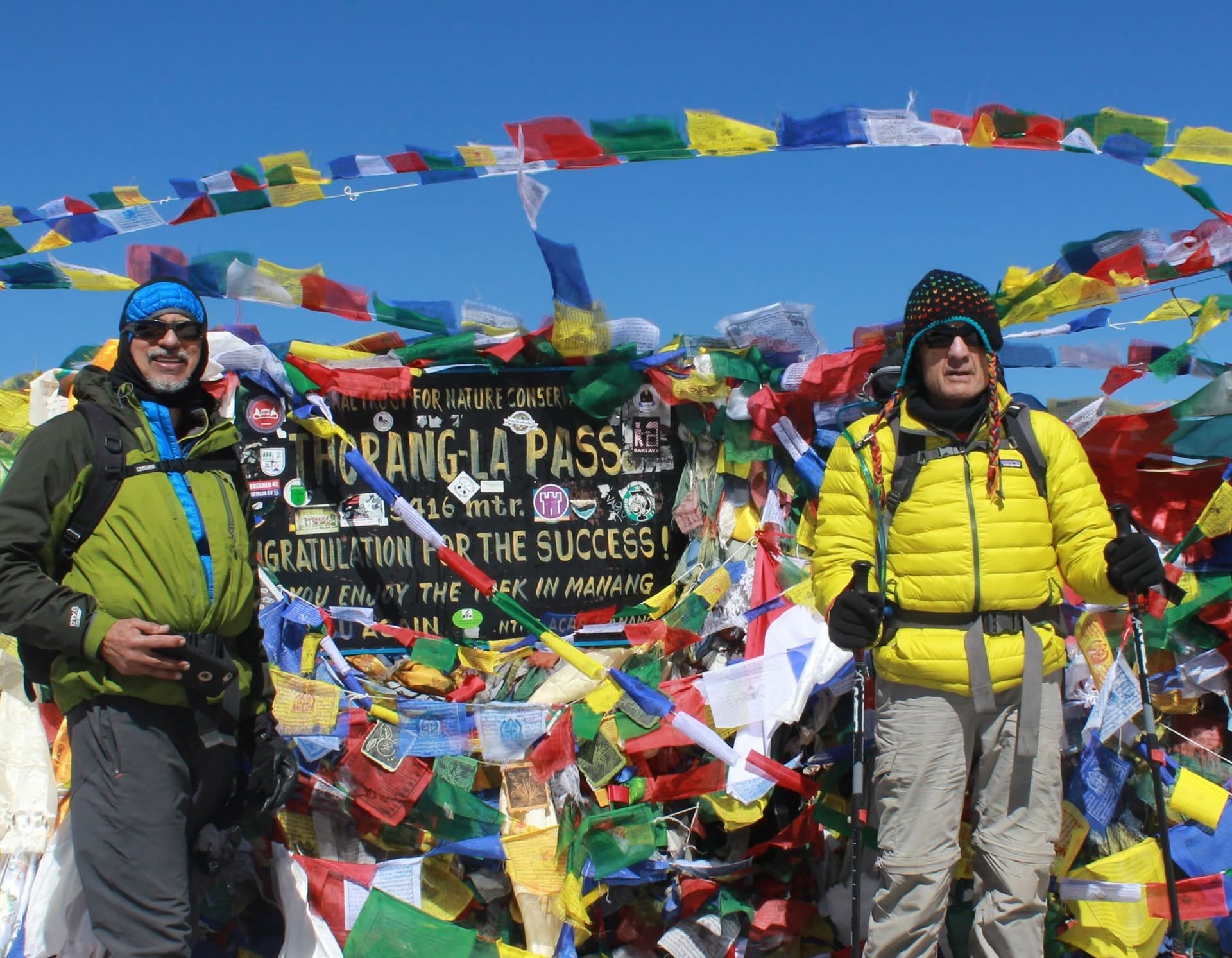A city of devotees, Bhaktapur is also known as Khwopa. It is well-known for the exquisite art, wonderful culture, and traditional way of life that can be found there. It is situated 16 kilometers to the west of the primary city of Kathmandu. It has a surface area of 6.88 square kilometers and is situated at an elevation of 1400 meters above sea level. Old Hindu and Buddhist religious sites, royal residences, and courtyards are scattered throughout Bhaktapur, making it easy for tourists to spend several days in the city learning about the customs and traditions of the Newar people. The Durbar Square in Bhaktapur, which is also called "Royal" Square, was named a World Heritage Site by UNESCO in 1979.
The earthquake that occurred in 1934 was responsible for the destruction of nearly one-third of the older architectural monuments, including monasteries, temples, and other buildings. Despite this, there are still many treasures left. A significant earthquake struck the area in 1934, causing approximately 2,000 homes to be completely leveled and another 2,000 to sustain significant damage. Roughly one thousand people suffered as a result of this earthquake. Over the course of time, a great number of buildings have been brought back to their former glory, thanks in large part to efforts funded by West Germany and the United States, respectively, in the late 1980s and early 1990s. The square was shaken severely once more by a powerful earthquake on April 25, 2015. In Bhaktapur square, the famous Vatsala Devi temple, which was made entirely of sandstone and had golden pagodas on top, was also destroyed.

An Overview of Bhaktapur's History
If I could travel back in time, I would find that the Malla era was when Bhaktapur was at its most glorious. The town is said to have been founded in the 12th century by King Ananda Malla, according to a number of different historical accounts. Bhaktapur served as the capital of the Greater Malla Kingdom up until the 15th century. After that point, the Greater Malla Kingdom transitioned into an independent kingdom that lasted until the 18th century. Jitamitra Malla ruled Bhaktapur from 1663 until his death in 1696, followed by Bhupatindra Malla from 1696 until his death in 1722, and Ranjit Malla from 1722 until his death in 1769. These kings played an essential role in the construction of the palaces and shrines that can be found in Durbar Square.
In the year 1768, Prithvi Narayan Shah, the son of Dravya Shah, the founder of the Gorkha dynasty, began a conquest campaign throughout the Kathmandu Valley. His goal was to take Kathmandu, Patan, Bhaktapur, and the other smaller towns in the Kathmandu Valley and unite them under one ruler. After a period of instability and a bloody coup in 1846, Jang Bahadur Rana ascended to the throne of Nepal and took control of the country. His Rana empire ruled Nepal until 1950, when the Congress Party established a new government and ended the Ranas' reign. King Mahendra seized power in 1960, outlawed political organizations, and installed a panchayat government in their place, which did not allow for political parties. Instability on the political front persisted well into the late 20th century.
The primary points of interest are located within Bhaktapur Durbar Square
The Bhaktapur Durbar Square can be broken down into four distinct sections (Durbar Square, Taumadhi Square, Dattatreya Square, and Pottery Square). People often call the whole area by its official name, Bhaktapur Durbar Square.
Visitors will be able to take in the sights of the 55-Window Palace, which served as the imperial palace before 1769. The palace, which features ornately carved windows and doors, is home to the National Art Gallery, which displays Buddhist paubha scroll paintings, palm leaf manuscripts, and stone carvings, among other works of art. The Palace of Fifty-five Windows, also known as the Pachapanna Jyale Durbar, was constructed during the reign of Malla King Bhupatindra Malla, who ruled from 1696 to 1722 AD.
The Taleju Temple Complex is accessible via the Golden Gate, which was built by King Ranjit Malla in the year 1754 AD and serves as the entrance to the complex. It is a source of national pride for Nepal due to the significant religious, historical, archaeological, and architectural value it possesses. The figure of the powerful Hindu goddess Kali, accompanied by an image of the legendary bird Garuda and assisted by two celestial nymphs, is positioned at the very top of the door. Below her is an image of the mythical bird Garuda. Two nymphs, each of whom personifies heaven, can be found beneath her. In addition to that, there is the Royal Bath, which is distinguished by its golden faucet. It is one of the most exquisite examples of gilded copperwork ever created in the Kathmandu valley. Images of gods and goddesses, including Bhagwati, Ganesh, Bhairav, Kumari, and Kali, as well as a vase representing good fortune, are hung on either side of the door frame. Right above the door to the room is a statue of the goddess Taleju. She has ten arms and is helped by Shri and Laxmi while sitting on a crocodile and a tortoise.
In addition, the Big Bell, which dates back to the 18th century and was built by Ranjit Malla, the final Malla ruler of Bhaktapur, can be found in Durbar Square (1737 AD). It was rung both to pay respect to the Goddess Taleju and to call the people of the town to meetings. It is now rung twice a day as a form of worship and dedication to the Goddess Taleju. The Barking Bell is situated in close proximity to another bell, and it gets its name from the sound that it makes when it is rung.
Stone was used to constructing the Vatsala Temple, which was devoted to the deity Vatsala Devi and featured ornate carvings. It was well known for its silver bell, which the locals referred to as "the bell of barking cats" because whenever it was rung, dogs in the area howled and barked. Even though the 2015 Gorkha earthquake destroyed the whole temple, the bell was not one of the things that broke.
In addition, the Yaksheswor Mahadev Temple, which was built in the 15th century by Yaksha Malla, can be found within the square. It was intended to look like the Pashupatinath temple in Kathmandu, so it was designed. On the wooden beams were carvings that were suggestive of sexual activity.
The Bhandarkhal Complex, the Indrayani Temple, the Siddhi Laxmi Temple, the octagonal Chyasin Mandap, the Shiva Temple (Fasi-dega), the Vatsala Temple, Balakhu Ganesh Temple, the Chatuhma Mahavihar, the Tripura-Sundari Temple, and the Char Dham are all located in the area surrounding the plaza.
Amazing vistas of the city can be enjoyed from the Phase Dega Temple, which is a Hindu place of worship that is devoted to Lord Shiva.

Taumadhi Square: The Nyatapola Temple is a pagoda-style temple located in Taumadhi Square, with five stories that were constructed in 1702 by the King of Nepal, Bhupatindra Malla, over the course of five months. This temple is dedicated to the Hindu goddess Siddha Laxmi, who is considered to be the personification of wealth and prosperity. This pagoda temple is 108 feet (30 meters) tall, making it the tallest structure of its kind in Nepal. Divine figures are carved into the struts, doors, and windows, as well as the tympanums, of this structure's ornamentation. In addition, there is a pair of elephants, a pair of lions, a pair of griffons, and a final pair of tantric deities known as Singhini and Toyahagrini, which can be found in front of the temple ladder. These sculptures are made of stone and are 2 meters tall. They show the famous Rajput wrestlers Jaimal and Pata at the front step.
Another pagoda temple dedicated to Lord Bhairab was constructed by King Jagat Jyoti Malla (1613–1637 AD) on a smaller scale than the previous one. King Bhupatindra Malla, an ardent supporter of the arts, eventually undertook the project of renovating it into a three-story temple. In this temple, which was destroyed by an earthquake in 1934 and then rebuilt, there is a golden bust of the terrible Bhairav. Bhairav may be an aspect of Lord Shiva, or he may be a god that guards his residence.
Pottery Square: In addition, there is a square that is well-known for its pottery, and its name is Pottery Square. Similarly, there is a temple that has been around since the 14th century and is dedicated to Jeth Ganesh.
Dattatreya Square: It is where many of Bhaktapur's Hindu monuments, in addition to temples and museums, can be found. King Yaksha Malla (1428–1482) was responsible for the construction of the Dattatreya Temple, which is a pagoda-style structure with three stories and statues of the Hindu trinity (Brahma, the creator; Vishnu, the preserver; and Shiva, the destroyer). However, the temple wasn't opened to the public until 1486, long until the king passed away. The precise year of construction of the Dattatreya temple cannot be determined.
According to a local legend, this temple is said to have been constructed using only a single plank of wood taken from a single tree. Visitors are greeted at the entrance by two enormous sculptures of Jaiput wrestlers named Jaimala and Pata (as in the Nyatapola Temple), a "Chakra," and a gilded metal statue of Garuda in a kneeling position that depicts the god as a bird-like creature. Panels made of carved wood and decorated with sexual imagery surround the temple. King Vishwa Malla began the process of rebuilding and renovating the structure in the year 1548 A.D. There is a statue of Anasuya Mata that can be found on the third deck of the pagoda. It tells the story of how Mata transformed Brahma, Vishnu, and Shiva into children when their wives sent them to test her purity. The test was intended to determine whether or not she was pure-hearted.
Another attraction of Dattatreya is the Peacock Window which is a one-of-a-kind piece of woodwork that has become famously known as the "Mona Lisa of Nepal" or the "Pujari Math" (Hindu Monastery). Both of these names refer to a Hindu monastery in Nepal. In the early 15th century, Guru Bachya was the creator of this piece. The intricately carved peacock takes center stage in the distinctive window design that features latticework. There is a window that can be found in Pujari Math. There are rows upon rows of ornately carved doors and windows that add to the beauty of the structure. The Woodcarving Museum is presently housed within the structure. The museum has an extensive collection of unique pieces of the woodwork on display. This is a Hindu monastery that is considered quite old in Nepal.
In addition, you can find a pottery square at Dattatreya Square, which is a place where potters work and display their wares.
Where is Bhaktapur Durbar Square? Exact Location of Bhaktapur.
Bhaktapur Durbar Square is a UNESCO World Heritage Site located in Bhaktapur, Nepal, which is around 13 km eastern side of Kathmandu. It is in Bagmati Province. Geographically, Bhaktapur Durbar Square lies in Asia, with exact coordinates of 27.6725° N latitude and 85.4280° E longitude. The square sits in the Taumadhi area of Bhaktapur Municipality, along Durbar Square Road. The site covers an area of approximately 6.88 hectares (17 acres), featuring multiple temples, courtyards, and historical monuments.
How to reach Bhaktapur Durbar Square?
Buses go frequently between Kathmandu and Bhaktapur. The smaller buses stop at Kamal Binayak stand in Bhaktapur while the larger buses drop off at Chyamasingha stop along the route that departs from Ratnapark bus stand and Kathmandu Ring Road. Due to fewer stops along the way, direct buses depart from Baagbazaar in Kathmandu and often go more quickly. The drive often lasts between 50 to 60 minutes, and it can be a terrific way to meet the locals while traveling.
People who prefer not to ride in a packed vehicle can take a taxi straight from Kathmandu's Thamel to Bhaktapur. People who like to drive must take their own cars or motorcycle from Kathmandu to Bhaktapur on the Arniko Raj Marg road.
For a convenient and quick ride, you can book a Pathao (motorbike or car) using the Pathao app. Simply download the Pathao app from the Google Play Store and book a ride to Bhaktapur.
If you're already near Bhaktapur, the easiest way to navigate is by using Google Maps. Just type "Bhaktapur Durbar Square", and it will provide the best route and direction based on your location.
After leaving Bhaktapur, where should one go?
At a height of 2,175 meters, Nagarkot is the second-highest point on the rim of the Kathmandu Valley. From here, visitors can take in breathtaking views of the Himalayas and Mount Everest. It can be reached by traveling twenty kilometers to the northeast of Bhaktapur. Hiking routes lead into Tamang settlements in the area.
In Conclusion
Bhaktapur is the holy city of Nepal. If you are interested in taking a spiritual retreat to this amazing city, we have some tips on how you can get the most out of your trip. Bhaktapur is a diverse and historic city, so there is something for everyone here. Head to the city's Durbar Square to catch a glimpse of the beautifully preserved architectural achievements from the past. Let us know if you have any questions or concerns.



